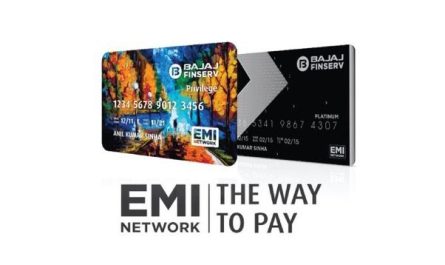A PNB Housing loan against property is a secured loan that one may avail of against a residential or commercial property. It is the best choice for most people to fulfill varied financial needs due to its flexible end-use and low-interest rates.
However, there are several myths associated with LAP (Loan Against Property) that we will try to bust here. Read on to get a clear picture of PNB Housing loan against property: myths vs reality.
Myth # 1: The pledged property becomes unusable once the owner keeps it as collateral.
A common myth is that once the owner puts the property as collateral, they cannot use or live in it. The owners can continue using the property like before as long as they pay their EMIs on time. An EMI calculator helps estimate the EMIs, enabling the borrowers to analyze their monthly budget and opt for a loan term with budget-friendly EMIs.
Myth # 2: There are restrictions on the loan’s end use.
No. There are no restrictions on the LAP’s end use. The borrower can use the loan for any purpose, be it to cover medical expenses, wedding costs, child’s education, business expansion, etc. However, they must not use the loan amount for an illegal or speculative purpose. Read the PNB housing finance comments to see how borrowers have used their loans and solved their financial problems.
Myth # 3: Full amount of the pledged property’s value is available as a loan.
The LTV (Loan-to-Value) ratio is the proportion of the property’s value a financial institution can finance through an LAP. Therefore, while applying for a loan against property, many aspiring borrowers believe they can borrow 100% of their property’s value. However, the maximum amount available for borrowing depends on the lender’s policy and the applicant’s occupation, qualification, age, income, and repayment capacity. PNB Housing approves up to 65% of the property’s market value or the applicant’s repayment capacity, whichever is lower.
Myth # 4: Only residential properties are eligible as collateral.
Many aspiring borrowers think they can only use their house as collateral to get an LAP. However, it is false; an individual can get a PNB Housing loan against property, even against commercial property, warehouse, or factory. Keeping the property documents up-to-date and submitting authentic papers when required helps get a LAP quickly without hassle.
Myth # 5: PNB loans against property have a high-interest rate.
PNB Housing LAP interest rates largely depend on the property type and the applicant’s credit rating. The minimum credit score requirement for a PNB loan against property is 611. However, the interest rate keeps decreasing as your score moves closer to 900. However, the loan against a plot or special property remains the same irrespective of the applicant’s credit score. Special properties include educational institutions, industrial sheds, hospitals, schools, and hotels.
Therefore, the interest rates on LAP loans vary. In any case, they are much lower compared to interest rates on secured loans and other credit lines.
Myth # 6: A loan against property is a risky funding option.
Those with a decent credit score and confidence in their repayment capacity will find no harm in pledging their property as collateral. Compared to other loan types, PNB Housing LAP comes with an entire host of benefits, including lower interest rates, longer term, and a high LTV ratio. Manage your budget and prioritise EMI payments to protect your property from foreclosure.
Do you still have concerns in mind? Talk to a customer executive who can help you know the truth and make the right decision. Being aware and educating yourself about different aspects of PNB Housing loans against the property will help differentiate between LAP myths and realities.



